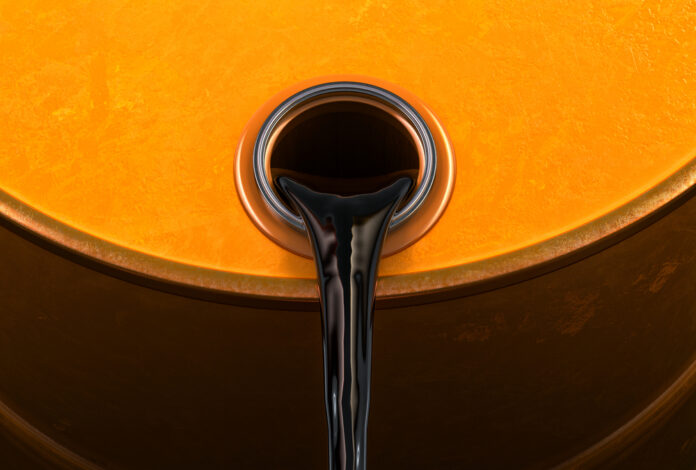The country’s net oil import bill in the first six months this year eased 17 percent to only $8.16 billion from last year’s $9.84 billion, according to the Department of Energy (DOE).
This developed even as the volume of oil purchased overseas grew by more than 4 percent during the period from 12.91 billion liters to 13.45 billion liters this year.
Gross oil imports total 13.76 billion liters or 5 percent higher than only 13.1 billion liters in the first half last year. This cost the Philippines only $8.39 billion, down 16.6 percent from $10.06 billion.
Of the total fuel shipped to the Philippines in the first half last year, 10.28 billion liters of it were finished products while the remaining 3.48 billion liters were crude oil.
The majority of imported finished petroleum products was sourced from South Korea with an import share of 25.37 percent, followed by China with 24.44 percent, Singapore with 23.79 percent, Malaysia with12.58 percent, and Japan with 4.28 percent.
The Philippines imported the finished petroleum products from Taiwan (3.04 percent), Brunei (1.81 percent), Qatar (0.91 percent), Thailand (0.86 percent), Saudi Arabia (0.85 percent), India (0.78 percent), Kuwait (0.61 percent), Australia (0.31 percent), Indonesia (0.18 percent), USA (0.15 percent), and United Arab Emirates (UAE) (0.02 percent).
The bulk or 50.2 percent of crude oil imported in the 1st half last year was sourced from Saudi Arabia, 26.9 percent from the United Arab Emirates and the remaining 22.9 percent from Iraq.
Demand for petroleum products in the first half was also up 3.4 percent to 13.6 billion liters from last year’s 13.15 billion liters or an average daily requirement of 75.1 million liters versus last year’s 72.7 million liters.
“The normality of the daily economic activities and lifting of the state of public health emergency throughout the country due to COVID-19 contributed to the growth in the demand of petroleum products,” the DOE report said.
According to the United Nations comtrade data base, which compiles trade statistics by product and trading partner for governments, research firms and enterprises, the Philippines imported mineral fuels, oils and distillation products worth $25.8 billion in 2022 that accounted for 18 percent of all imports.
On oil exports, the country sold 303 million liters of fuel products in the first six months last year or 57.8 percent more than last year’s 192 million liters. Improved prices brought down the import cost 1.5 percent down to $223.16 million from $226.57 million.
Of the oil exported in the first half this year, 255 million liters were finished products and the balance of 48 million liters were crude.
To date, the country has only one remaining oil refinery, Petron’s 180,000 barrels-per-day facility in Bataan.
The DOE mandates oil companies and bulk suppliers to maintain a15-day minimum inventory of finished products and 7 days for liquefied petroleum gas. For refiners, a minimum inventory of 30 days for both crude oil and finished products is required.







